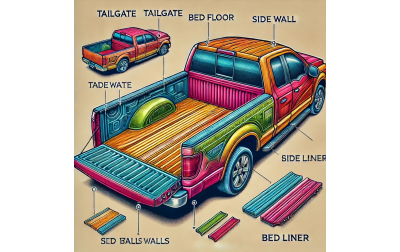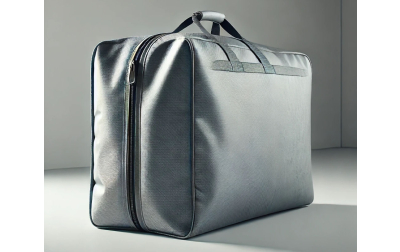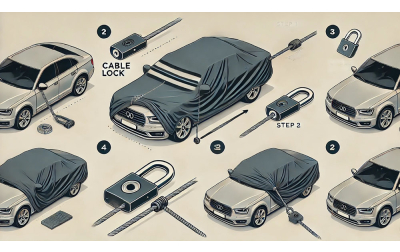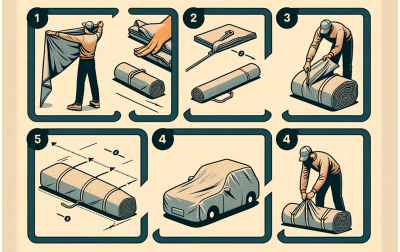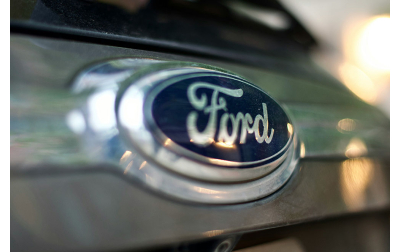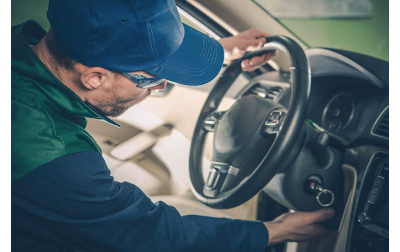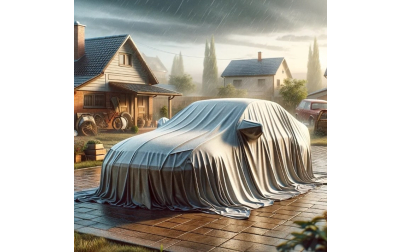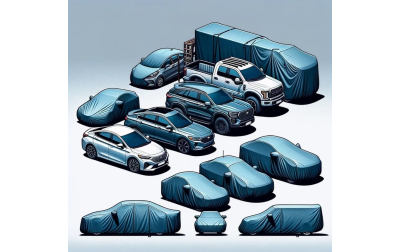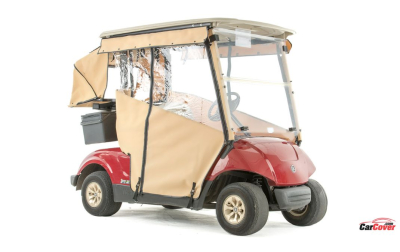
Storing Your Car In Winter
Winter in America usually lasts from October to February of the following year. Some cities like New York, Washington DC... occasionally have snowstorms that cause traffic jams and many flights are canceled. To avoid unnecessary dangers like slipping or snowstorms, people rarely or only go out when they have required work. So in the cold winter, what do car owners in the US do to best preserve their cars after a long period of not being used? Join us to find out in the following article.
In winter, Americans often have to face with the thick snow on roads which makes driving difficult. That's why cars often stay in a resting state for days, even weeks or months. However, when a car is not used for many days, it will also create a number of negative factors that affect the engine as well as the car's interior and exterior. The engine system can rust, fluid changes, the coolant system freezes, and creates an unpleasant odor inside the vehicle.
To eliminate harmful factors, every car owner needs to equip themselves with basic knowledge to best preserve their car in the winter.
See also Top 20 Must-Have Car Accessories To Tackle The Cold In Winter
Choosing the Right Storage Location
The first step in preserving your car in winter is choosing a parking location. This is considered the most important step that determines many important factors. The best parking location is a flat location, not rough or sloping. This affects the preservation of tires and brakes. In rough parking conditions, the tires will be damaged. A sloping position will cause the vehicle's brakes to work ineffectively. In addition, a covered parking location will help prevent the car from being covered by snow or rainwater seeping into the car. In case you do not have a canopy, using a car cover is an effective alternative. Note that car covers should be of high quality and designed for use in winter.A cool, mold-free parking location is also a decisive factor in effective vehicle preservation in the winter.
If you park your car in a damp location then insects and rodents will appear and harm your car.
In short, choosing a parking location is a prerequisite to help you preserve your car in the most effective way.
See more: 10 Tips Parking In Garage For Car Owner
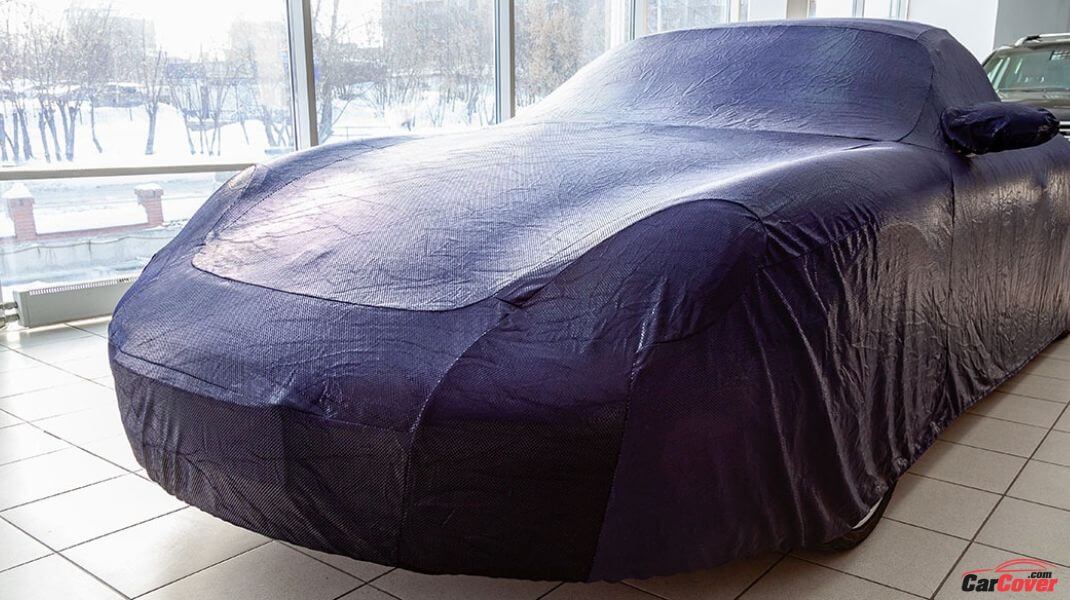

Cleaning and Protecting Your Car Before Storage
The original condition of the vehicle will affect the preservation process, so users need to clean their vehicle before preserving. Clean the vehicle's surface thoroughly to avoid corrosion during long storage periods. Vacuum away dust and remove unnecessary objects to avoid mold. Any remaining debris or dirt can cause future complications. Use scented wax to remove all unpleasant odors in the car.
After finishing cleaning inside and washing outside, dry the car's surface thoroughly and use car wax. This will give the car an extra layer of protection when exposed to moisture and prevent any damage from salt spray or other harmful elements in the air.
A clean car helps them stay in the best condition. Avoiding rust, corrosion, and mold is a way to help you protect your car and your wallet.
Using Fuel Stabilizer to Prevent Damage
In winter, all liquids are at risk of freezing or deteriorating. Therefore, before storing your car over the winter, don't forget to use a fuel stabilizer to avoid damaging the fuel already inside the car. Fuel stabilizers work to prevent fuel contact with oxygen outside the environment and maintain the quality of the fluid inside the system. However, a small note is that you should follow the manufacturer's instructions to ensure they work effectively, and make sure to run your car for a few minutes after adding it to ensure that it is distributed throughout the fuel system.
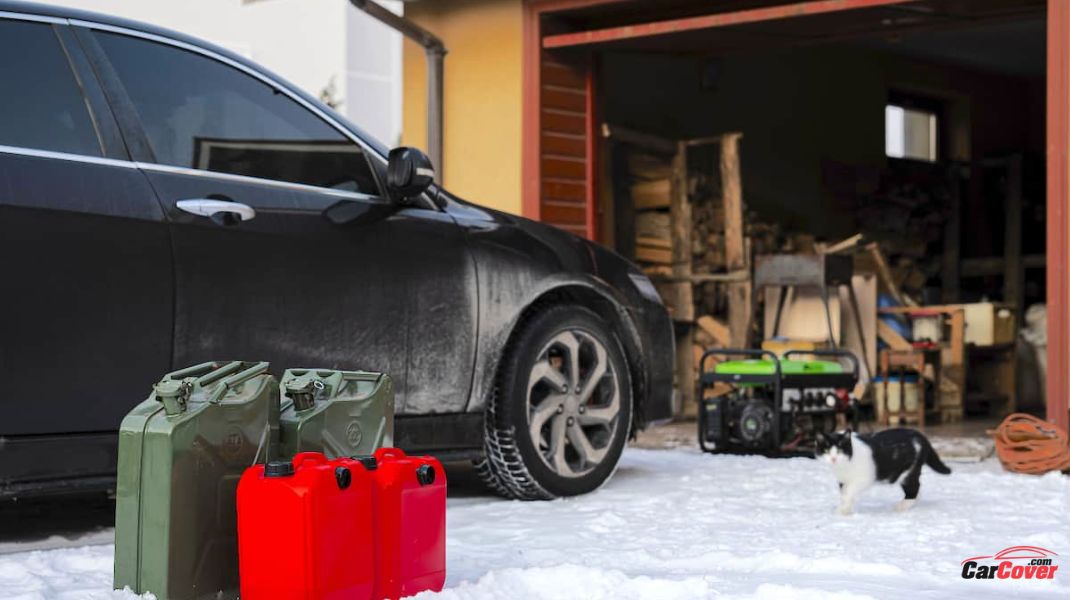

Draining Fluids and Disconnecting the Battery
If in case you cannot find a fuel stabilizer, drain all the fluid in the engine, coolant system, and windshield wiper fluid to ensure they do not cause blockage on the next use.
For liquids such as lubricating oil or gasoline, if stored for a long time without fuel stabilizer, it will cause them to stick to the engine wall, which is absolutely not beneficial for the engine system. That is one of the reasons why the car cannot start after a long period of not being used.
Don't forget to disconnect the battery to avoid battery drain during storage. You can fully charge the batteries and then disassemble them so they are preserved in the best condition.
Checking Tires Before Storage
Tires are the position that keeps the whole vehicle balanced during their storage. Therefore, checking tires is an indispensable step before preserving your car. Tires must always be inflated on all four wheels to avoid vehicle imbalance and affect the quality of the tire. Use a tire pressure gauge to check the pressure inside the tire regularly. Also, make sure the screws are tight to prevent them from coming loose during storage. Untight tires affect human safety and the value of the vehicle.


Maintaining Proper Ventilation in Storage Area
Storing the car an inenclosed location can also prevent frost from sticking to the car which possibly freezing at night. However, if the parking area is too tight, such as in a warehouse or closed garage, it can also prevent moisture from flying out then stick to the car surface. So, open a small space in the windows during the daytime so moisture can escape. Remember to close them at night to prevent dew from getting inside.
When the car is covered in moisture, it will cause the car with bad smell, and the moisture can get into the car and cause mold. These impacts have a significant impact on the health of vehicle users.
Covering Your Car to Protect from Dust and Debris
After making sure your vehicle is clean inside and out, all fluids and fuel have been preserved or removed, the tire and brake systems are safe, it's time to lock all the doors and cover the vehicle. The car cover covers the vehicle's surface to prevent the adhesion of dust and debris. Even though the car is stored in the room, dust and dirt always exist in the air. Get rid of them so your car always looks clean and safe from them.
However, there are some notes need to be taken when using a car cover in winter. Choose a cover that can absorb moisture to prevent your car from accumulating moisture.


Regularly Checking on Your Car During Storage
You might think that after checking everything on your car, you can safely leave it in the storage area. However, this is a wrong view. Regularly checking the vehicle's condition during storage is a priority to ensure your vehicle is always in the best condition. Durt and moisture can accumulate on the car's surface for some reasons. Rodents can find and destroy your car when you are not looking. All of these problems need to be resolved immediately to avoid a prolonged situation that will lead to unpredictable consequences.
- Check whether the vehicle cover is misaligned or not
- Check whether the pressure inside the layer has dropped or not
- Check if bad odors and steam appear in the car
- Check for any signs of insects or rodents
- Check if there is any fluid leak
Conclusion
Storing your car in winter may seem like a daunting task, but by following these steps, you can ensure that your vehicle remains in good condition and is ready for use when the winter season is over. Remember to choose the right storage location, clean and protect your car before storage, drain fluids and disconnect the battery, cover your car to protect from dust and debris, check tires and suspension, use fuel stabilizer, maintain proper ventilation, and regularly check on your car during storage. By taking these precautions, you can enjoy a well-maintained car all year round.

